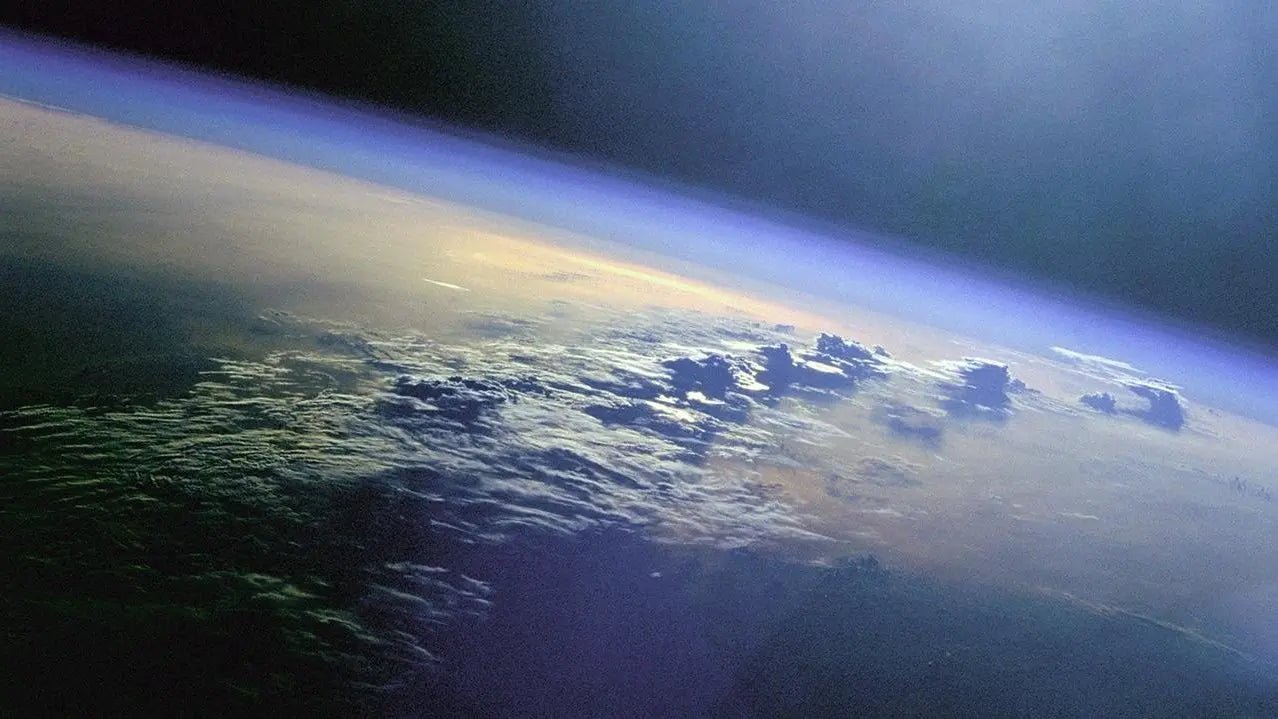Understanding the Universe Around Us
Astronomy, often considered one of the oldest sciences, is the study of celestial objects such as stars, planets, comets, and galaxies, as well as the phenomena that occur outside of Earth's atmosphere. It's a field that not only endeavors to understand the vastness of the universe but also seeks to answer profound questions about our very existence and place within the cosmos.
1. The Universe and Its Components
The universe is vast, possibly infinite, and contains everything we know – from the smallest particles to the largest galaxy clusters. Here are the primary components:
- Stars: Glowing balls of gas that produce light and heat from nuclear reactions in their cores. Our Sun is a medium-sized star.
- Planets: Objects that orbit stars, with sizes ranging from smaller than our Moon to larger than Jupiter.
- Galaxies: Massive systems consisting of billions of stars, as well as interstellar gas and dust. Our home galaxy, the Milky Way, is just one of billions.
- Nebulae: Clouds of dust and gas where stars can form.
- Black holes: Regions of space where gravity is so strong that nothing, not even light, can escape.
2. Celestial Phenomena
Apart from the tangible objects, various phenomena occur in space:
- Supernovae: Explosive deaths of certain types of stars, resulting in the dispersion of elements into space.
- Auroras: Natural light displays in the sky, typically observed in polar regions, caused by charged particles colliding with the Earth's atmosphere.
- Eclipses: Events where one celestial body moves into the shadow of another celestial body.
3. The Tools of the Trade
To observe the universe, astronomers utilize various tools:
- Telescopes: Instruments that collect and amplify light. There are many types, from optical telescopes (which observe visible light) to radio, infrared, ultraviolet, and even X-ray telescopes.
- Satellites: Spacecrafts launched into orbit for observations, free from Earth's atmospheric distortions.
- Observatories: Facilities equipped with telescopes and other tools, often situated in remote locations to reduce the effects of light pollution.
- Software & Computers: Used for data analysis, simulations, and to create models of celestial phenomena.
4. Key Concepts in Astronomy
- The Big Bang Theory: The prevailing cosmological model that describes the birth of the universe approximately 13.8 billion years ago from a singularity.
- Dark Matter and Dark Energy: Mysterious and invisible substances believed to make up a significant portion of the universe, affecting its structure and expansion.
- Redshift and Blueshift: The change in frequency of light due to the motion of the source. It helps determine the movement of celestial objects, with redshift indicating objects moving away and blueshift those approaching.
5. Our Place in the Cosmos
Earth is a part of the Solar System, which consists of eight planets (including Earth) orbiting the Sun. The Solar System is located in the Milky Way galaxy, a spiral galaxy that's just one among billions. Even with this vastness, everything we see, from galaxies far away to our own planet, represents just a tiny fraction of the universe.
6. Exploring Further
While we've learned much about the universe, there's still a vast amount that remains mysterious. New discoveries are made regularly, and with advancements in technology, we are continually broadening our understanding of the cosmos.
For those looking to delve deeper into astronomy:
- Stargazing: Begin with the naked eye, and as interest grows, invest in binoculars or telescopes.
- Join a Club: Many local astronomy clubs host events, lectures, and stargazing nights.
- Stay Curious: With numerous online resources, courses, and books, there’s always something new to learn in the realm of astronomy.
Conclusion
Astronomy offers a unique perspective, reminding us of both our insignificance in the grand scheme of things and the incredible ability of our species to decipher the cosmos. As we continue our quest for knowledge, we bridge the gap between our tiny blue planet and the vast, mysterious universe that surrounds us. Whether you're a budding astronomer or someone who merely enjoys gazing at the stars, the universe invites you to partake in its wonders.



Share:
Why Eclipses Take the Path They Do
October 2023 Annular Eclipse: Resources and Events